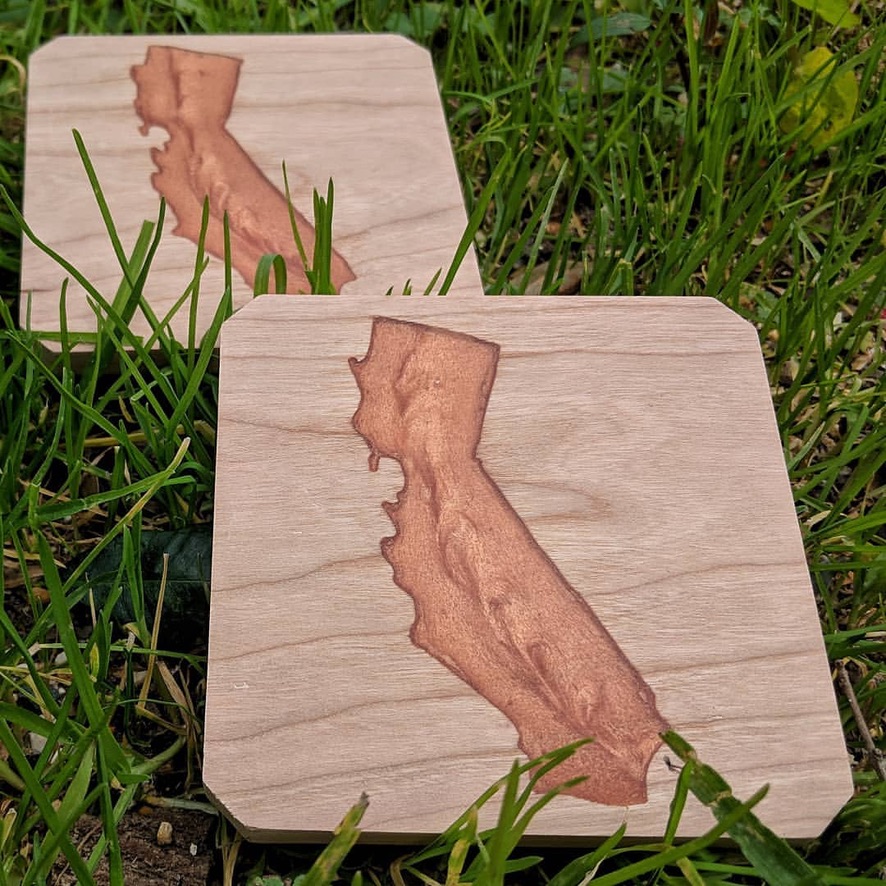Introduction
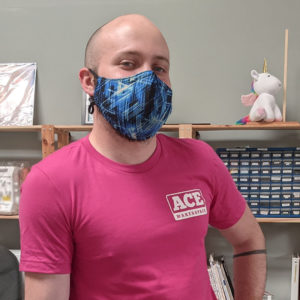 Josh originally went to the School of the Arts in Chicago for aerospace engineering, with the intention to learn “how to make things.” But after two years, he realized that the field wasn’t for him. So halfway through his college career, Josh made the decision to switch to industrial design. He later graduated with a degree in object design, which is a similar field to industrial design but is based much more on conceptual design rather than more reality-based and pragmatic design.
Josh originally went to the School of the Arts in Chicago for aerospace engineering, with the intention to learn “how to make things.” But after two years, he realized that the field wasn’t for him. So halfway through his college career, Josh made the decision to switch to industrial design. He later graduated with a degree in object design, which is a similar field to industrial design but is based much more on conceptual design rather than more reality-based and pragmatic design.
After moving to the Bay Area several months ago, Josh found Ace Makerspace completely by chance and decided to join for two main reasons. One reason was that Ace offered easy shop access for a recent graduate itching to do some work. The other is that Josh wanted to share his experience with others and spread the knowledge that he has gained both in college and on his own.
Josh’s Work at Ace
Josh primarily maintains the metal shop and is part of a movement to make the entire space more user-friendly. Right before Josh took over as metal steward, the metal shop at Ace was rearranged by a few other engaged members. The main purpose of this was to make the space more friendly towards a wider range of users rather than only those who were already experienced.
In early August, Ace plans to have the storage area and actual work area flipped in the metal shop room, and Josh is a big supporter (and soon to be facilitator) of this change. As of the writing of this article, when you enter the metal shop you’re immediately met with the member storage space. All of the tools are kept behind all the shelving units in a much smaller area. The idea is to put the tools up-front to make it more user-accessible and to make the metal shop more friendly to the people who walk by it.
In terms of more instructor-oriented work, Josh is part of the Ace movement to change up its teaching style. The new style has three varieties, called Access, Exposure, and Experience-based education. In essence, it’s a 3-part process of learning how to use tools properly, doing something constructive and fun with the tools, and offering more elaborate projects for those seeking more experience. In Josh’s words, “Instead of ‘hey, just cut this block of metal,’ we’re developing project and skill-based classes of varying levels so that you’re not banging nails into a board, you’re actually making something.” One of those ideas was instead of just randomly cutting metal for a class, why not make some basic windchimes that you might actually keep? Another is crafting simple metal jewelry.
Even though Josh has only been at Ace for a few months, he has already made an impact on the community with his friendly personality and willingness to help others. When he isn’t in the metal shop, he can be found helping in mutual aid projects around the Ace space such as the 500 filters project. Keep an eye out for the metal shop revamp later this year.
This article is part of an Ace Makerspace interview series by Carter Jenkins.

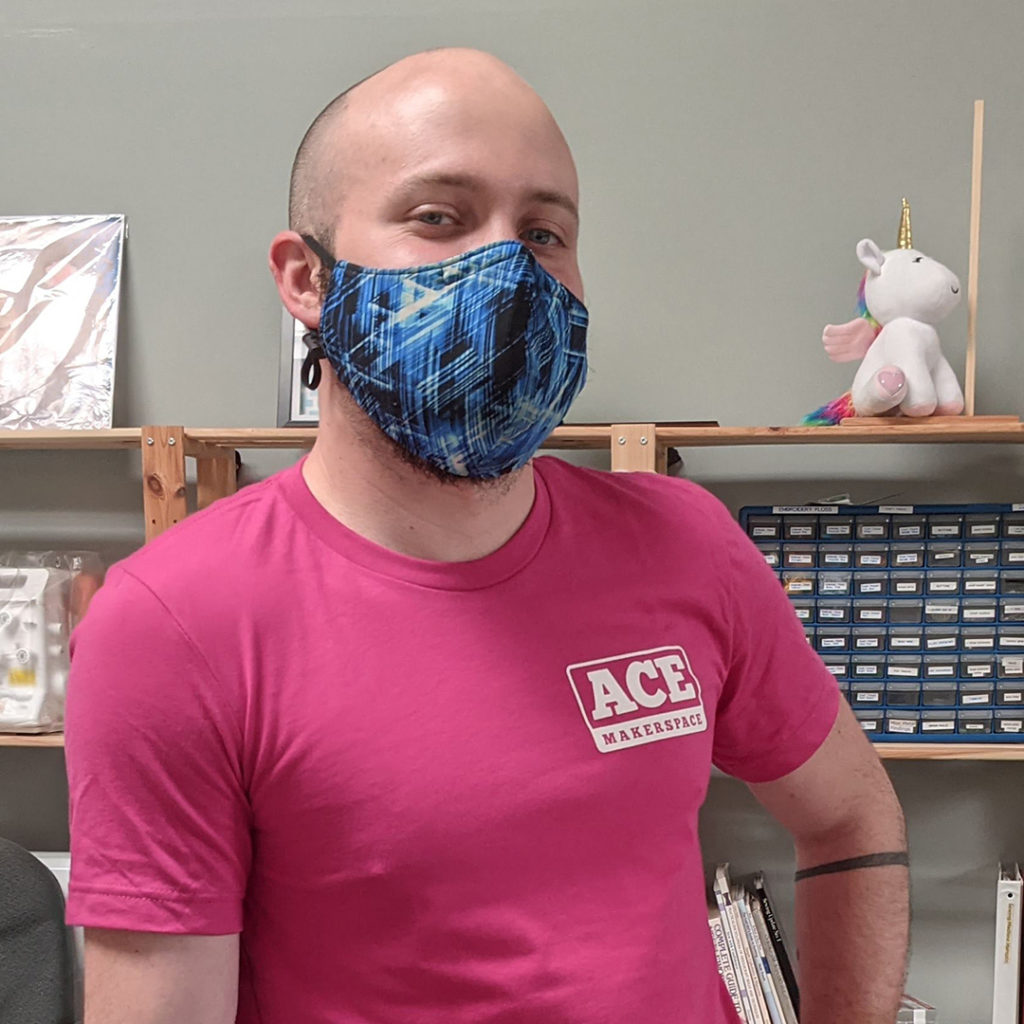
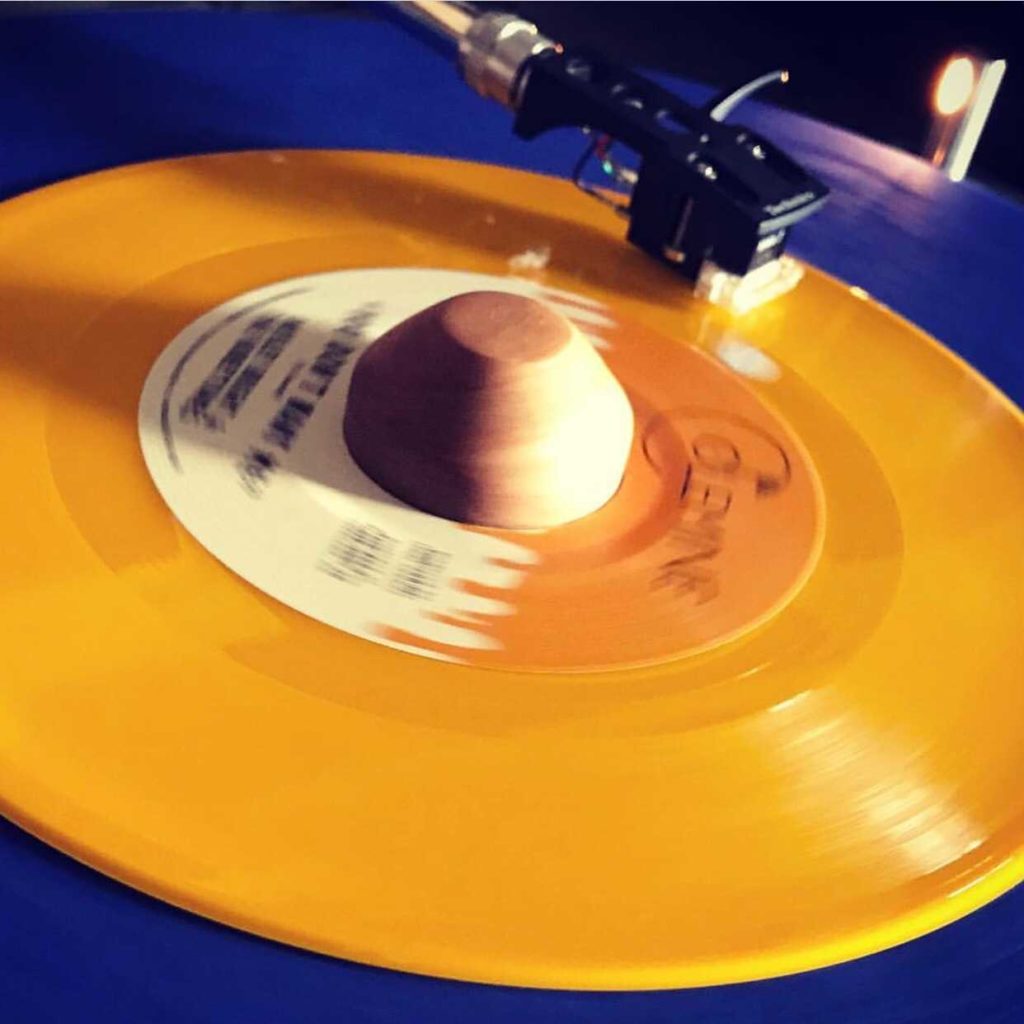
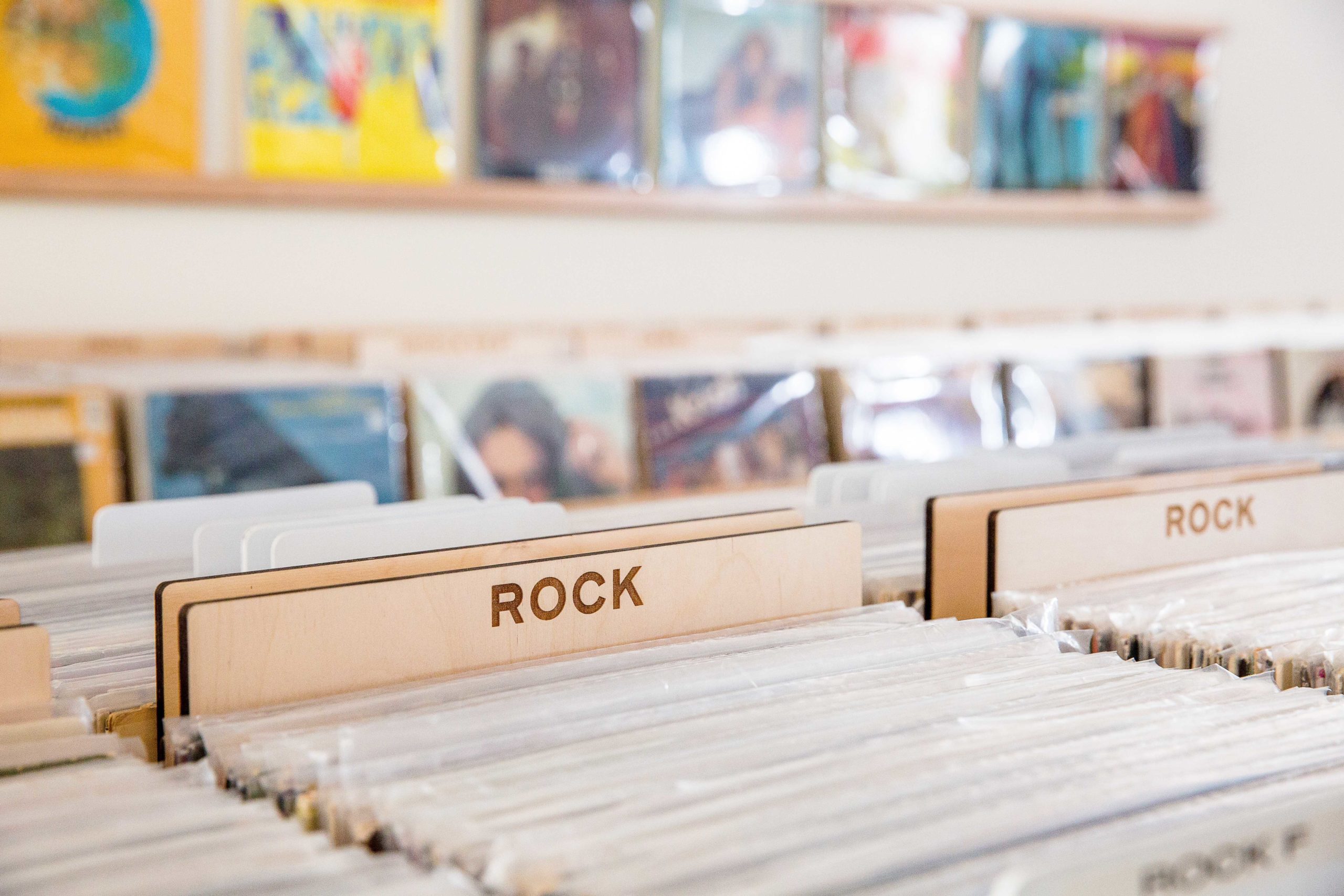
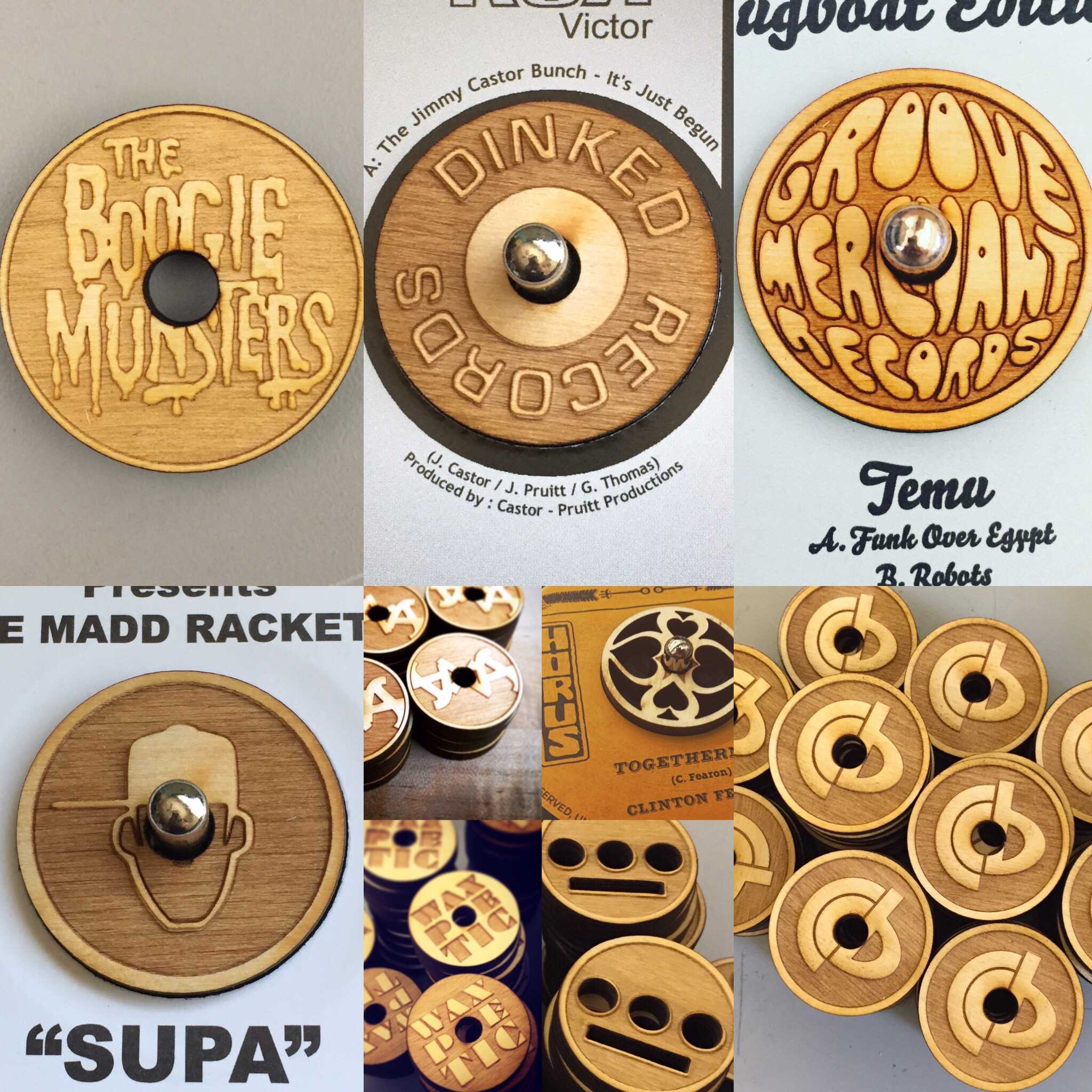
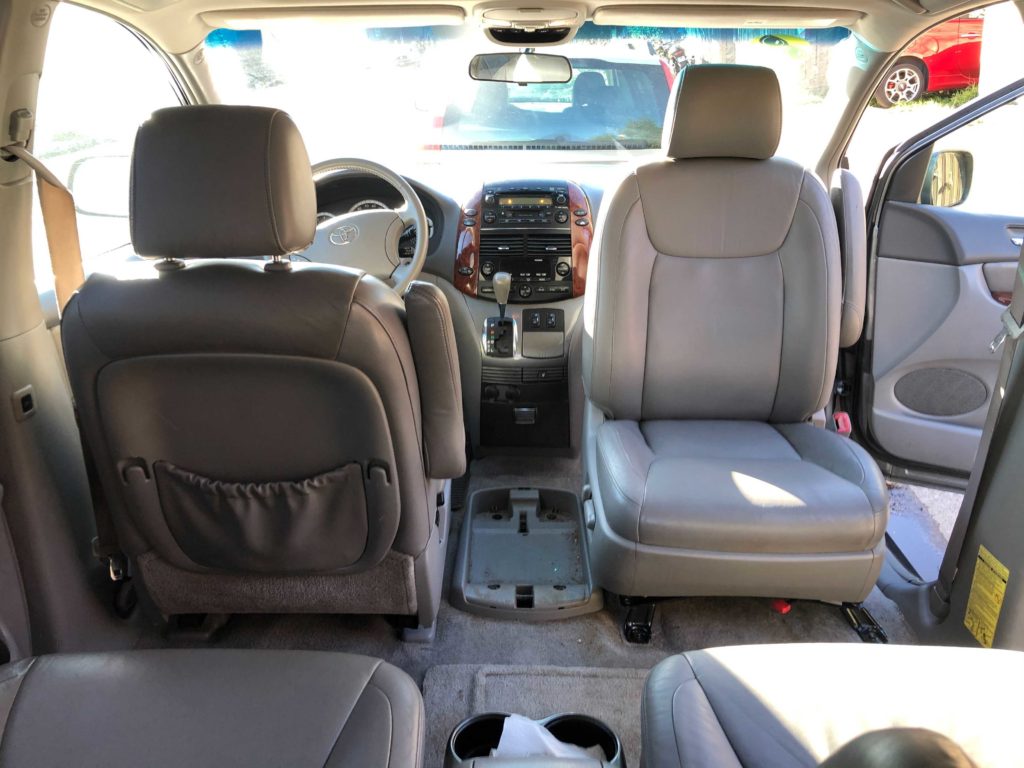
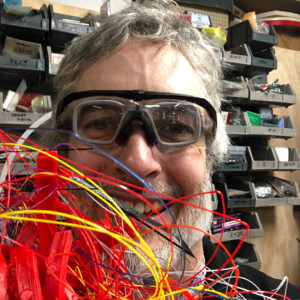 Ted is a long-time friend of Ace Executive Director Rachel Crafty, but Ted’s story begins before Rachel was in that role. Ted works in a laboratory, and throughout his working process, he sometimes finds that he needs to make custom-built parts in order to fulfill certain jobs. He normally would make these parts out of wood, (Ted is a master woodworker) but one day the job required a small beaker holder that was too fine to make with wood. Hearing about Ace’s 3D printing workspace, Ted decided that he should learn some basic skills in 3D printing so that he could handle situations like these. He admits the process wasn’t very smooth, but in the end, he had a working product, and that experience made Ted very interested in 3D printing as a whole.
Ted is a long-time friend of Ace Executive Director Rachel Crafty, but Ted’s story begins before Rachel was in that role. Ted works in a laboratory, and throughout his working process, he sometimes finds that he needs to make custom-built parts in order to fulfill certain jobs. He normally would make these parts out of wood, (Ted is a master woodworker) but one day the job required a small beaker holder that was too fine to make with wood. Hearing about Ace’s 3D printing workspace, Ted decided that he should learn some basic skills in 3D printing so that he could handle situations like these. He admits the process wasn’t very smooth, but in the end, he had a working product, and that experience made Ted very interested in 3D printing as a whole.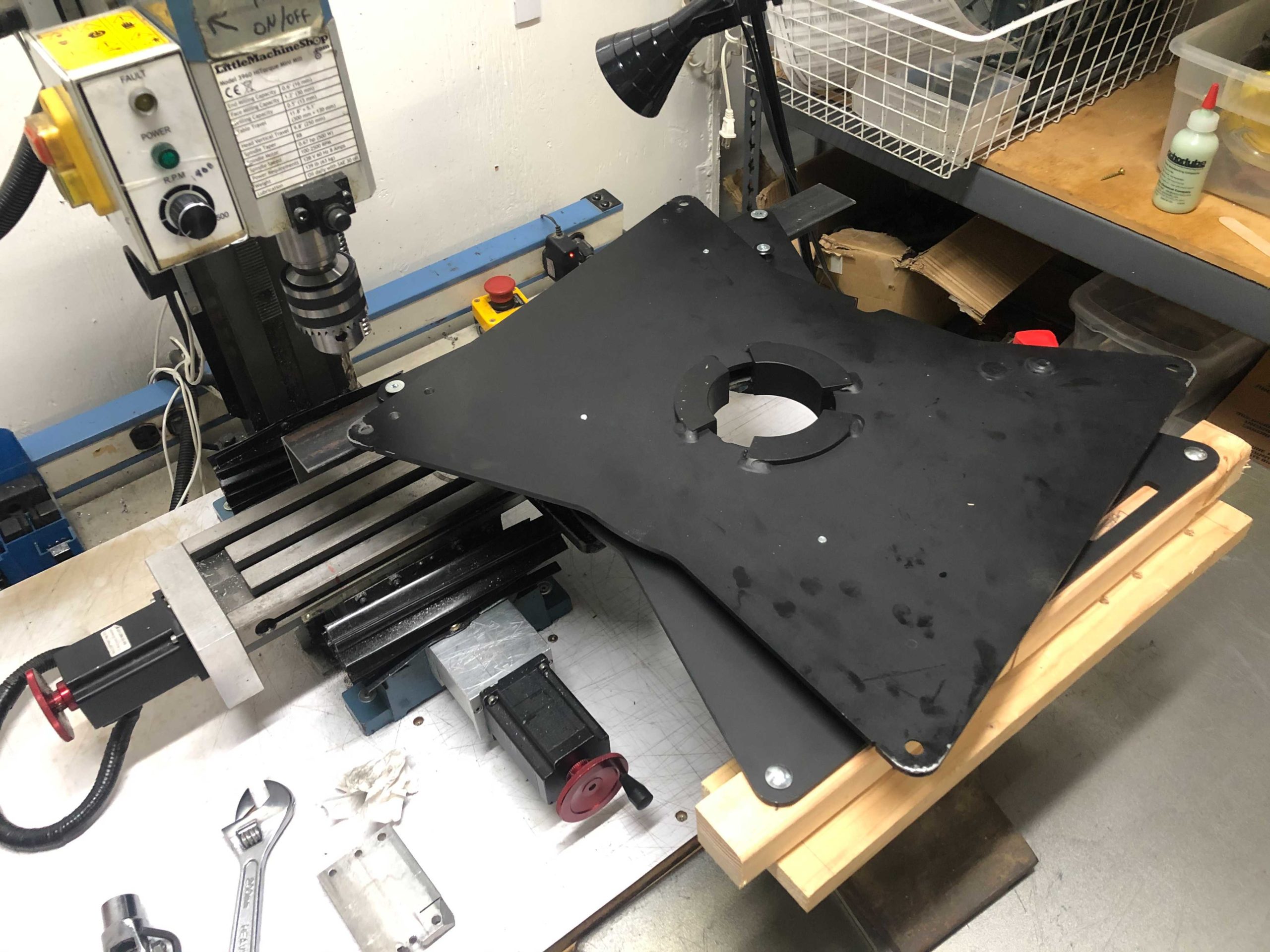

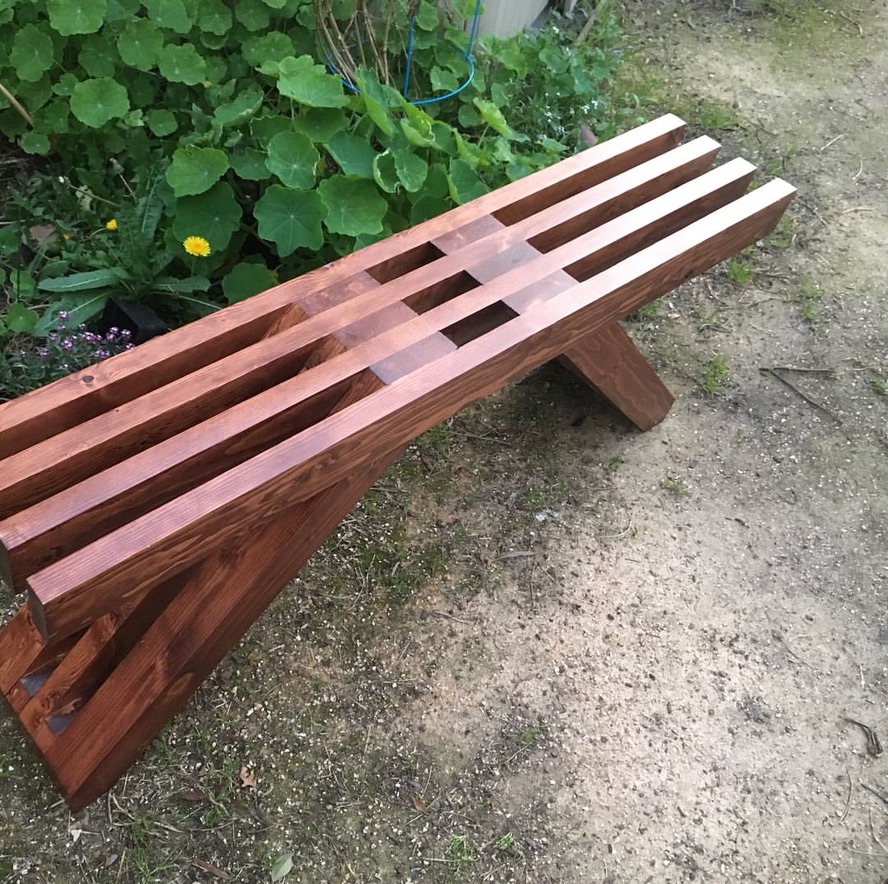
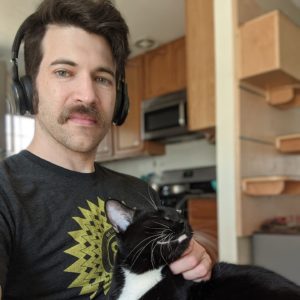 Victor Lane may live in Sacramento, but he is still an active member of the Ace community. At Ace, Victor did a lot of woodworking with joinery, and over the past few years, he’s eventually made his way to becoming an instructor. I’m Carter Jenkins, and I had the pleasure of speaking with Victor to find out more about him.
Victor Lane may live in Sacramento, but he is still an active member of the Ace community. At Ace, Victor did a lot of woodworking with joinery, and over the past few years, he’s eventually made his way to becoming an instructor. I’m Carter Jenkins, and I had the pleasure of speaking with Victor to find out more about him.